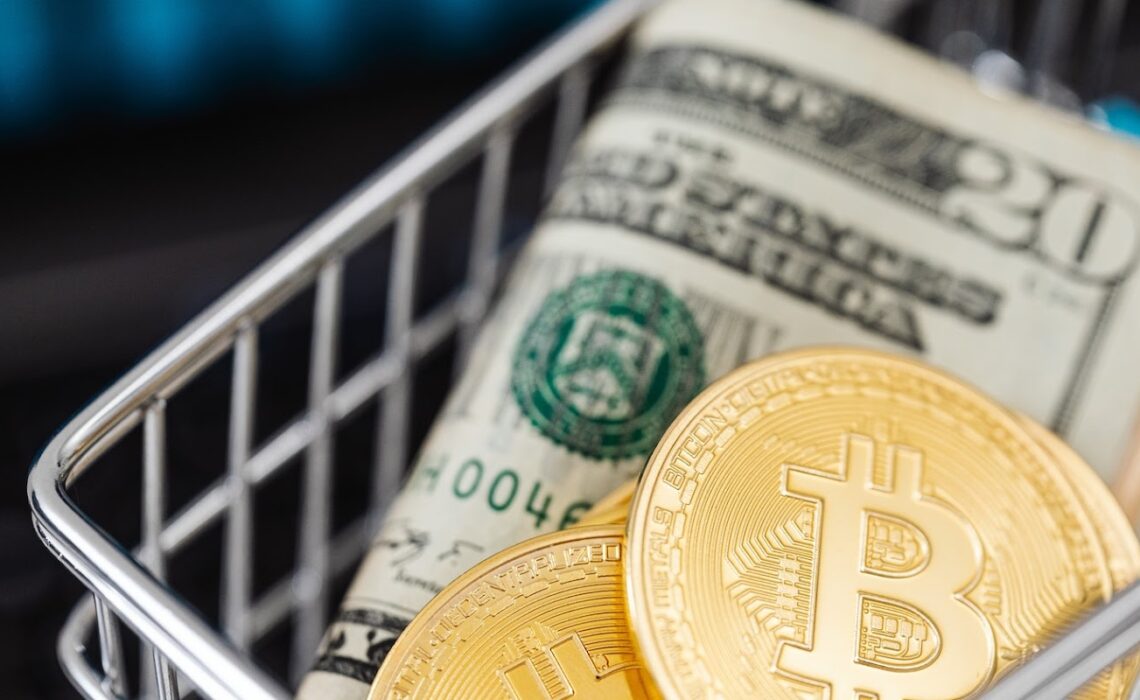
Non-Fungible Tokens (NFTs) have revolutionized how we perceive and interact with digital assets in recent years, taking the world by storm.
NFTs are frequently linked to the worlds of art, collectibles, and entertainment, but their influence extends far beyond these fields.
Within the Deaf community, NFTs are having a significant impact.
The future of Deaf identity and belonging is being reshaped by NFTs, and this article examines how this is happening while highlighting both their potential advantages and difficulties.
Deaf Culture and Identity
It is crucial to comprehend the importance of Deaf culture and identity before diving into the world of NFTs.
American Sign Language, or ASL, is the language used by the deaf community, and it also has its own set of traditions, beliefs, and shared experiences.
People who are Deaf frequently view themselves as belonging to a linguistic and cultural minority and pride themselves on being Deaf.
The Evolution of NFTs
Unique digital assets authenticated on the blockchain known as NFTs have drawn a lot of attention because they have the potential to redefine ownership in the digital era.
These tokens can stand in for a wide variety of digital and tangible goods, including tweets, digital music, art, and real estate.
NFTs are highly prized by both collectors and creators because they can be used to confirm the ownership and authenticity of these items.
Empowering Deaf Creators
The ability of NFTs to empower Deaf creators has one of the biggest effects on Deaf culture.
The traditional channels of acclaim and income are frequently inaccessible to Deaf artists, musicians, writers, and performers.
By cutting out the middlemen and gatekeepers that have traditionally restricted their reach, NFTs give Deaf creators a new opportunity to share their work with a global audience.
Deaf Art in the Digital Age
NFTs have given Deaf artists a platform to display their abilities and share their distinctive viewpoints in the field of visual arts.
Now that digital artworks can be produced and sold as NFTs, deaf artists can connect directly with patrons and customers around the globe.
Deaf artists can now access resources that were previously out of reach, including recognition and funding.
Preserving Deaf Heritage
By preserving and honoring Deaf heritage, NFTs have a significant impact on Deaf culture.
The tokenization of Deaf cultural artifacts as NFTs now ensures their long-term accessibility and preservation.
In addition to helping the Deaf community, this preservation effort enlightens and increases public awareness of Deaf culture and its importance.
Digital Collectibles and Deaf Identity
NFTs have made it possible to collect digital artifacts related to Deaf culture. Collecting is a universal human passion.
These digital collectibles offer a sense of community and connection to the Deaf community by preserving historical ASL recordings and iconic Deaf historical moments.
Owning an NFT, which is a piece of Deaf history, can be a potent way for Deaf people to boost their sense of identity.
NFTs and Deaf Activism
Photo by Genie Music
NFTs are used for Deaf activism in addition to their creative and cultural aspects.
To support their advocacy work and raise money, deaf activists are tokenizing their messages, works of art, and campaigns as NFTs.
Tracking donations and ensuring that the money goes to worthwhile causes that benefit the Deaf community is made simpler by the decentralized and transparent nature of blockchain technology.
Challenges and Controversies
NFTs are not without difficulties and disagreements, even though they present exciting opportunities for Deaf culture.
Some detractors claim that blockchain technology’s negative effects on the environment, particularly the energy-intensive proof-of-work systems, conflict with the importance of sustainability and environmental awareness in Deaf culture.
Within the NFT industry, there is ongoing discussion about finding environmentally friendly solutions.
Accessibility Concerns
Another significant problem in the NFT ecosystem is accessibility.
Like people with other disabilities, those who are deaf encounter accessibility challenges when trying to participate in NFT markets and platforms.
In order to create a truly inclusive environment, NFT platforms must prioritize accessibility and offer accommodations for Deaf users.
The Risk of Speculation
Deaf people who are interested in making investments in or creating NFTs may be concerned about the speculative nature of NFT markets.
Those who are unfamiliar with market dynamics may face financial risks due to the erratic nature of NFT prices.
In order to address this issue, education and responsible investment practices are essential.
NFTs and the Future of Deaf Culture
Non-Fungible Tokens, which offer fresh opportunities for expression, empowerment, and preservation, have undeniably started to influence the future of Deaf culture.
NFTs are being used by Deaf activists and creators to connect with audiences around the world, celebrate their heritage, and promote positive change in their community.
To make sure that NFTs continue to have a positive and inclusive influence on Deaf culture, it is crucial to address the difficulties and worries surrounding them.
Deaf people and their allies must actively participate in discussions, fight for accessibility, and look into ethical and sustainable ways to use this technology as the NFT landscape changes.
The long-term effects of this digital revolution on Deaf culture and belonging will ultimately depend on how well the Deaf community is able to utilize the potential of NFTs while maintaining its values and identity.
For those who are looking for additional support, Unspoken Language Services offers interpreting services to help bridge the communication gap between the deaf and hearing communities
Thumbnail Photo Credit to: Photo by Karolina Grabowska

